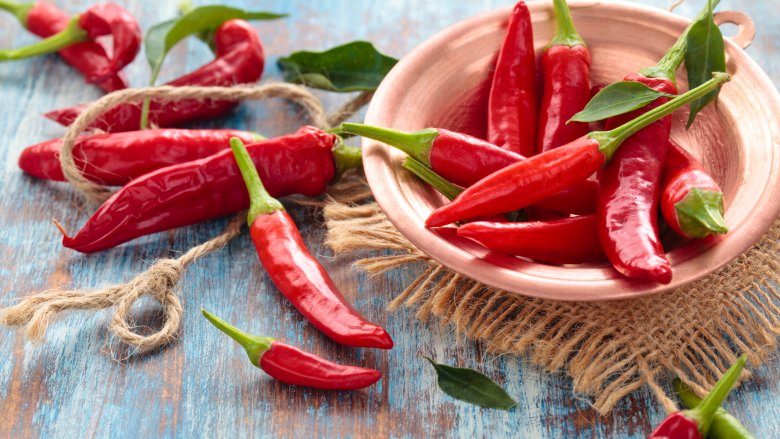nov . 27, 2024 07:11 Back to list
Exploring Various Chili Powder Varieties and Their Manufacturing Processes
Understanding Different Types of Chili Powder Factories
Chili powder is a popular spice that adds flavor, heat, and color to dishes across various cuisines. With its growing demand globally, numerous factories specialize in the production of different types of chili powder, each catering to diverse tastes and culinary traditions. This article explores the various types of chili powder factories and their unique offerings, delving into the processes that differentiate them.
The Essence of Chili Powder
Chili powder is made from dried and ground chili peppers, which can vary significantly in flavor, heat level, and color. The primary types of chili powders include cayenne, paprika, ancho, chipotle, and many others. Each type of chili has distinct characteristics based on its pepper variety, region of cultivation, and processing techniques. As a result, factories that produce these powders often specialize in specific types or blends to meet market needs.
Types of Chili Powder Factories
1. Small-Scale Artisanal Factories These factories focus on traditional methods of chili powder production. Often family-owned, they emphasize quality over quantity. Artisanal factories source their peppers locally, allowing them to maintain control over the quality and flavor of their products. The production process is usually hands-on, with careful selection of dried peppers, grinding, and packaging. This small-scale operation often results in unique blends that reflect the regional palette and culinary traditions.
2. Large Industrial Factories In contrast to artisanal factories, large-scale industrial plants focus on mass production. Equipped with advanced machinery and technology, these factories can process vast quantities of chili peppers quickly. They often source their raw materials globally, ensuring a consistent supply. These factories usually offer a wide range of chili powders, from single-variety powders to complex blends, catering to various markets, including retail, food service, and industrial customers.
3. Organic and Health-Focused Factories With the rising trend towards organic and health-conscious eating, specialized factories are emerging that focus solely on organic chili powder production. These factories prioritize sustainable farming practices, ensuring that the peppers are grown without synthetic pesticides or fertilizers. The production processes in these factories are often certified organic, attracting health-conscious consumers who are willing to pay a premium for high-quality, sustainable products.
4. Customized Spice Blending Factories Some factories specialize in creating custom spice blends, including chili powders tailored to specific customer needs. These factories work closely with chefs, restaurants, and food manufacturers to develop unique flavors and heat levels that align with their culinary visions. Utilizing a range of chili peppers and spices, they can create proprietary blends that cater to niche markets, enabling businesses to differentiate their products in a competitive landscape.
different types of chili powder factories

Processing Techniques
The production of chili powder involves several key steps, regardless of the factory type
1. Selection and Harvesting The quality of chili powder begins with the selection of the right chili pepper varieties. Factories often have relationships with local farmers to ensure that high-quality peppers are harvested at the right time.
2. Drying After harvesting, the peppers must be dried properly to maintain their flavor and color. Different methods, such as sun-drying, air-drying, or using dehydrators, are employed, depending on the factory's processing capabilities.
3. Grinding Once dried, the peppers are ground to the desired consistency. Factories may employ various grinding techniques to produce fine or coarse powders based on market demands.
4. Quality Control Quality control is paramount in chili powder production. Reputable factories conduct rigorous testing to ensure that their products meet safety and quality standards, including checks for contaminants and consistency in flavor and heat.
5. Packaging Finally, the chili powder is packaged for distribution. Many factories utilize eco-friendly packaging options, particularly those focused on organic production, to appeal to environmentally conscious consumers.
Conclusion
Chili powder factories, whether small artisanal producers or large industrial operations, play a vital role in the culinary landscape. Their diverse offerings, rooted in the unique characteristics of the chili peppers they use, allow chefs and home cooks alike to enhance their dishes with vibrant flavors and aromas. As consumers become more discerning, the importance of quality, sustainability, and variety in chili powder production will only continue to grow.

